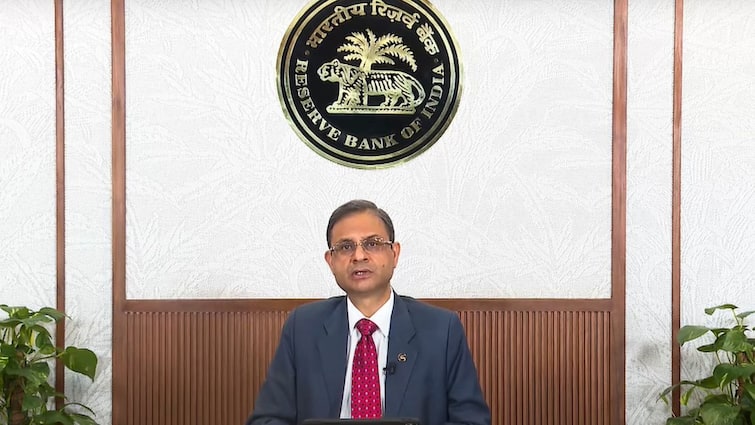The Reserve Bank of India’s Monetary Policy Committee (MPC) on Wednesday, 1 October, kept the repo rate unchanged at 5.5 per cent with a neutral stance, marking its second consecutive pause after a cumulative 100 basis points cut earlier this year.
The announcement was made by RBI Governor Sanjay Malhotra while unveiling the fourth bi-monthly policy for FY26.
Inflation Projection Revised Downwards
The MPC lowered its retail inflation forecast for FY26 to 2.6 per cent, down from the earlier 3.1 per cent estimate. The downward revision reflects the impact of GST rationalisation, easing food inflation, and healthy grain stocks. Quarterly projections now stand at 1.8 per cent each for Q2 and Q3, 4.0 per cent in Q4, and 4.5 per cent in Q1 FY27. Malhotra noted that headline inflation has become more benign, with July 2025 recording its lowest level in eight years.
Growth Outlook Strengthened
Alongside inflation adjustments, the RBI raised its GDP growth projection to 6.8 per cent for FY26, from the earlier 6.5 per cent forecast. Quarterly growth is now expected at 7.0 per cent in Q2, 6.4 per cent in Q3, and 6.2 per cent in Q4, with Q1 FY27 projected at 6.4 per cent. The Governor attributed this resilience to strong domestic demand, GST reforms, a healthy monsoon, and robust investment activity. However, he cautioned that ongoing global trade frictions and the impact of US tariffs could weigh on exports.
External Sector and Rupee Movements
The RBI highlighted that the rupee has faced bouts of volatility, with net FDI inflows reaching a 38‑month high in July 2025, while foreign portfolio investors recorded outflows of nearly $3.9 billion so far in FY26. India’s forex reserves stand at $700.2 billion, covering more than 11 months of imports. Malhotra said the central bank remains watchful of currency movements and external risks.
Financial Stability and Liquidity
Banking sector indicators remain strong, with scheduled banks’ capital adequacy ratio at 17.5 per cent and GNPA ratio improving to 2.22 per cent as of June 2025. NBFCs also remain well capitalised with a CRAR of 25.7 per cent. Liquidity conditions have been in surplus, averaging Rs 2.1 lakh crore daily since the last policy, with further easing expected in the coming months.
Additional Announcements
The RBI also introduced 22 regulatory measures. Key steps include implementing the Expected Credit Loss framework and Basel III norms from 2027, easing infrastructure financing norms for NBFCs, expanding consumer protection under the Ombudsman scheme, rationalising FEMA and ECB rules, and promoting the internationalisation of the rupee. Malhotra emphasised that despite global uncertainties, India’s growth outlook remains positive, supported by structural reforms and moderated inflation.



